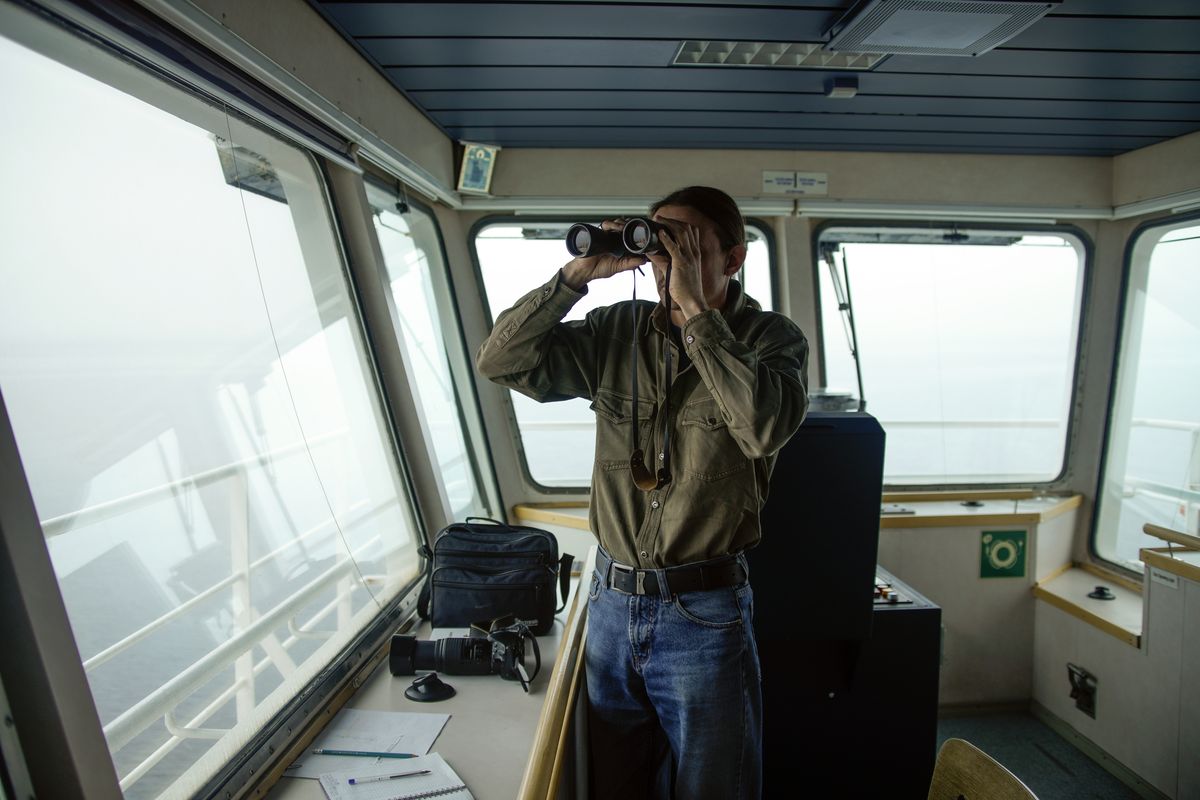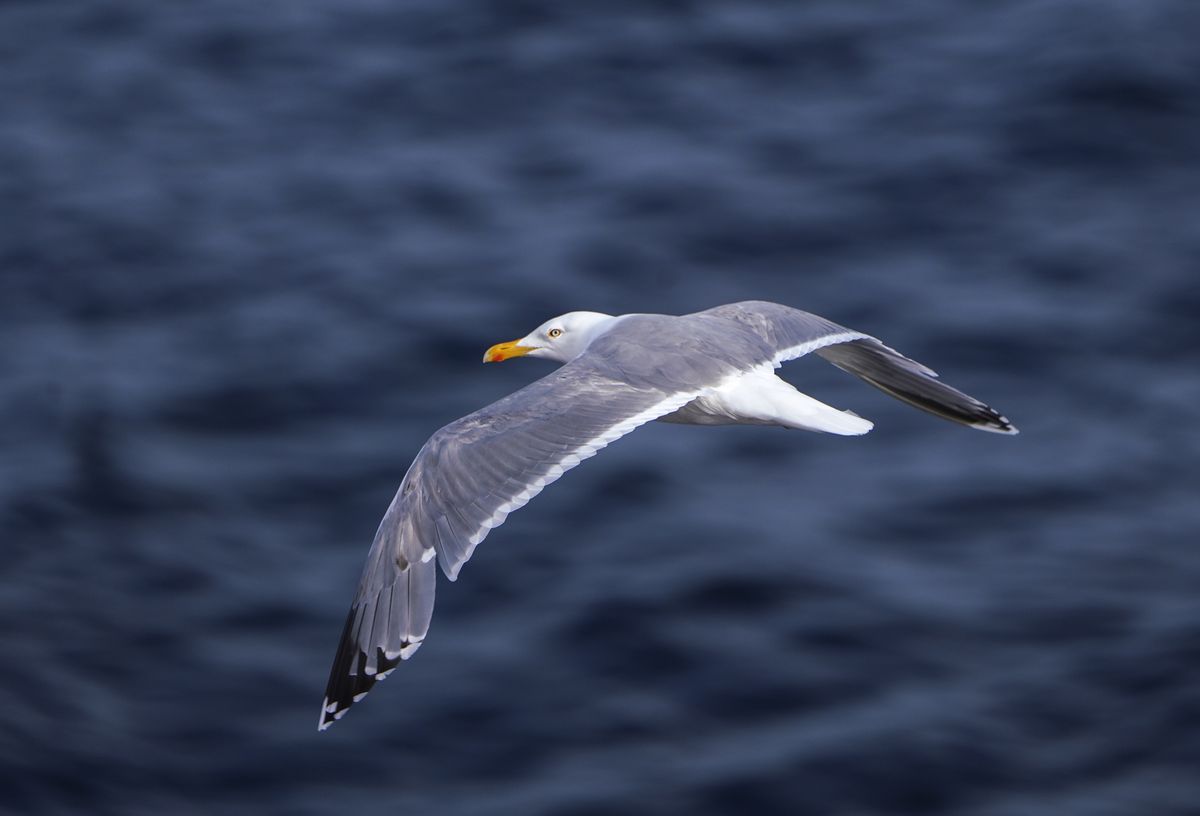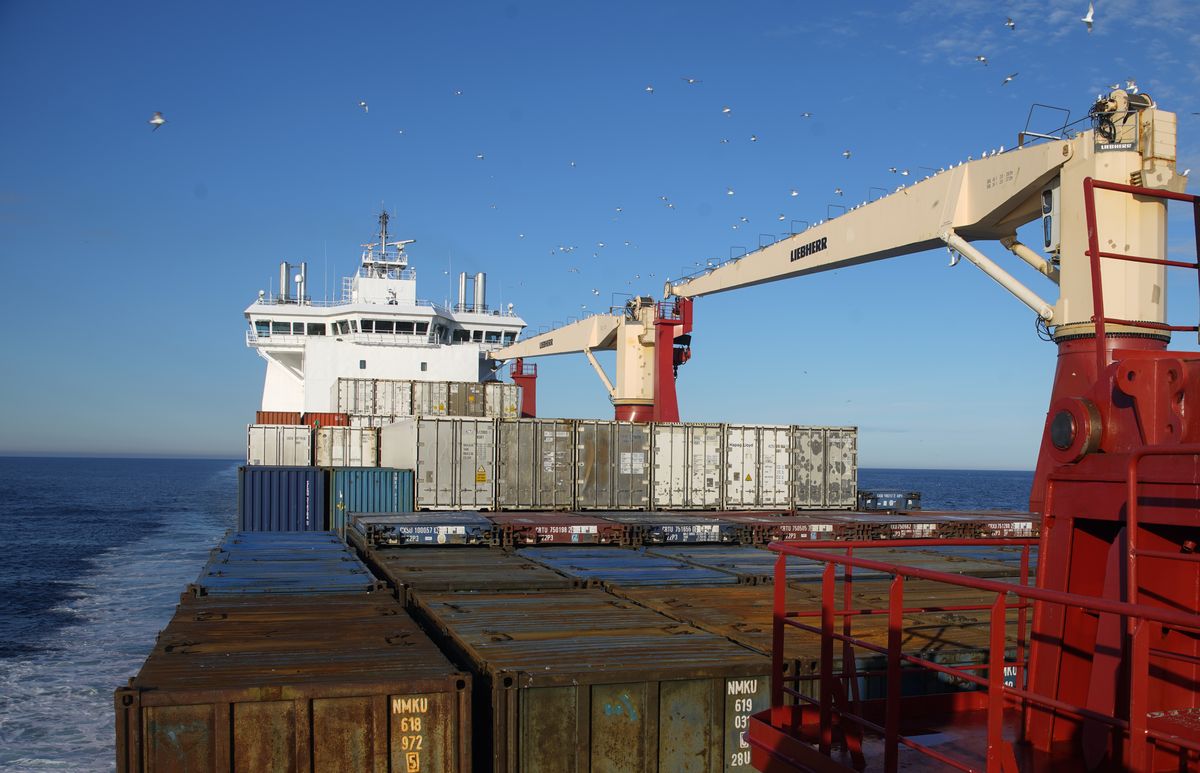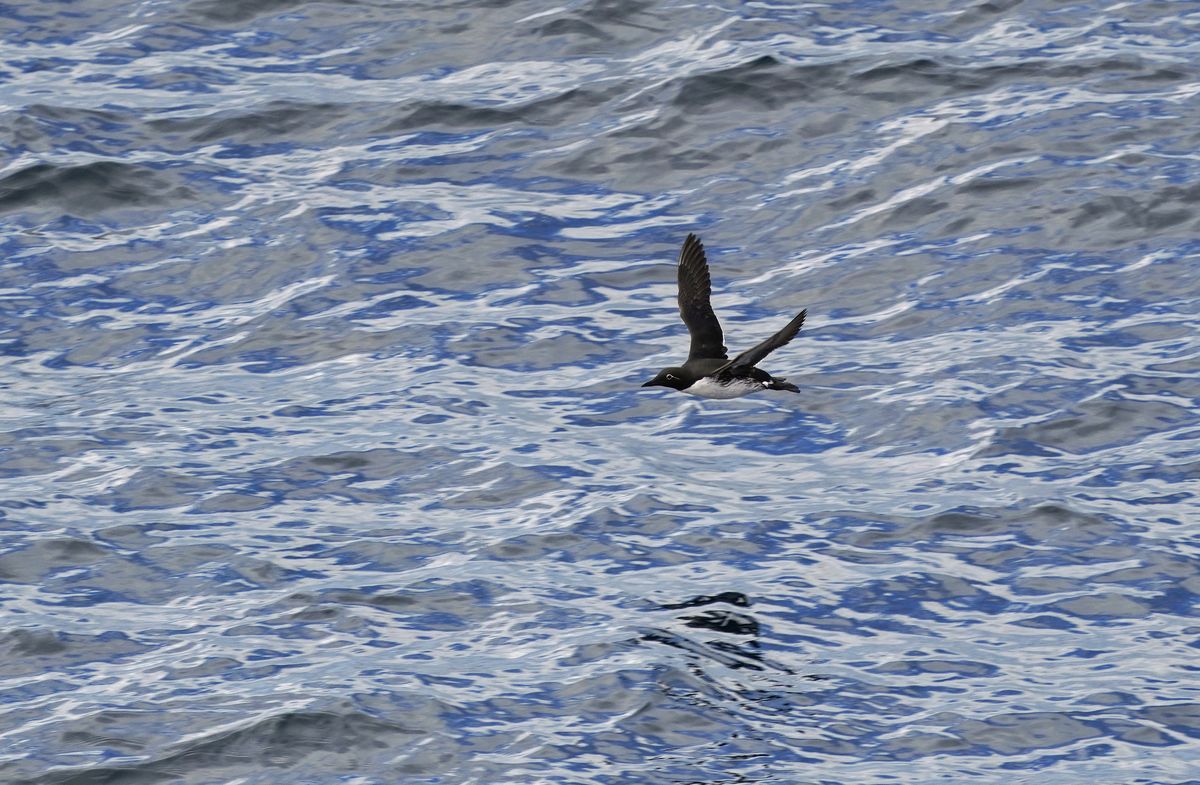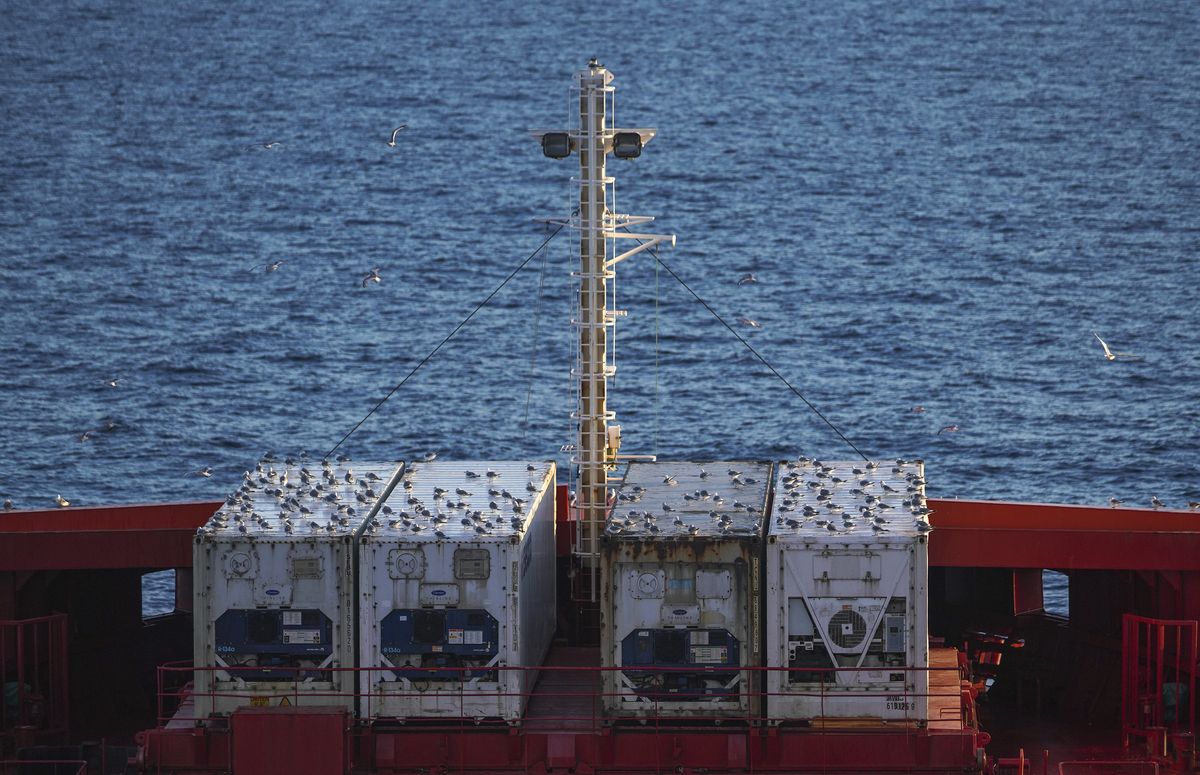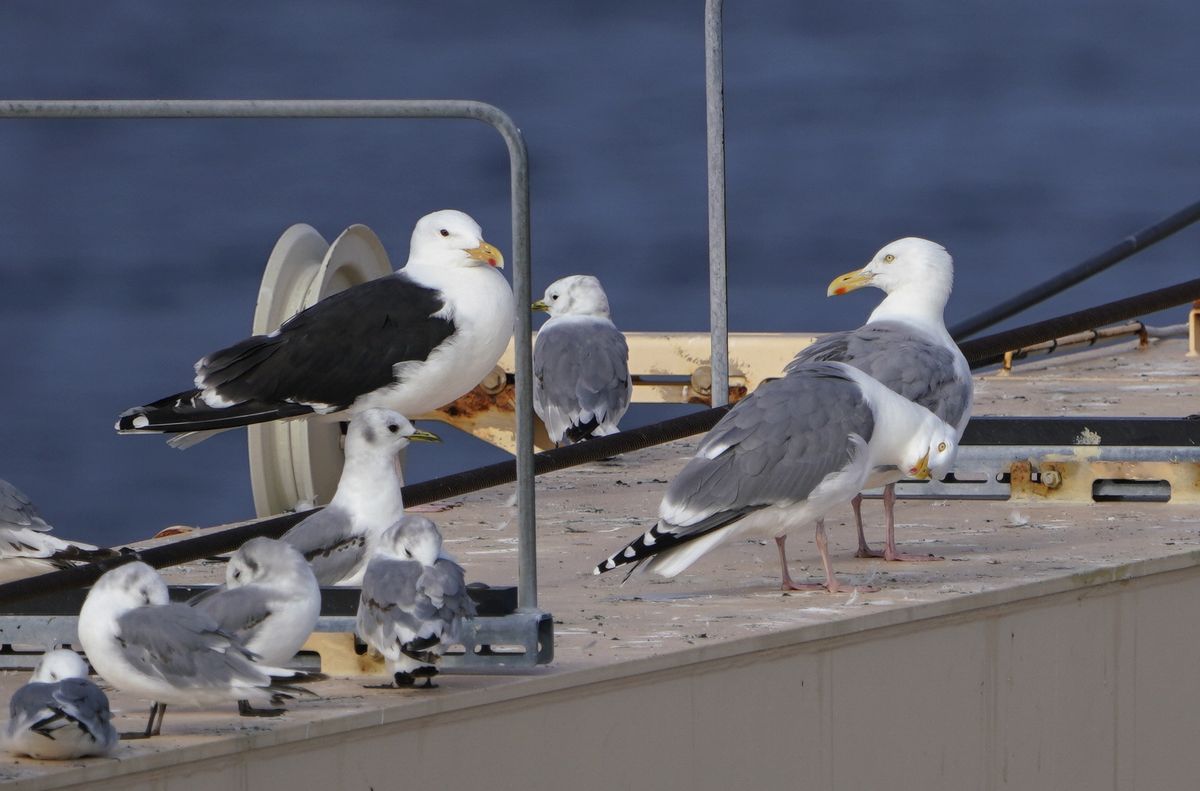#ARCTIC. #SIBERIA. THIS IS TAIMYR. Scientists from the Animal Systematics and Ecology Institute (ASEI) of the Russian Academy of Sciences Siberian Branch during the Great Scientific Expedition on the dry-cargo ship Nornickel studied the birds biodiversity in the Arctic along the Dudinka-Murmansk route.
Candidate of Biological Sciences Igor Chupin has been studying birds of high latitudes since his student days, spent 16 field seasons studying the birds of eastern Taimyr – they became the subject of his dissertation.
As an 18-year-old student, he went on his first expedition with the famous zoologist Boris Yudin. Nine times he was in Antarctica, twice participated in semi-annual transcontinental flights, once he wintered at Bellingshausen station. He is co-author of two monographs on the avifauna of the Arctic and Antarctic.
This experience of Arctic observations allows Igor Chupin to compare the state of ecosystems over time.
“I received the invitation to participate in a new sea expedition with joy. It was interesting to go through the Northern Sea Route again, albeit not along its entire length. In 1994 I participated in the Tundra Ecology Russian-Swedish expedition, we worked at a distance from the Kola Peninsula to Chukotka, went back and forth, it took all summer”, says the scientist.
The researcher compared his almost 30-years-ago impressions with today’s. He notes that at that time the water areas were filled with ice almost all summer. The research vessel Akademik Fedorov even needed an icebreaker escort in the Kara sea.
“Now at the same time, in June-July, the same Kara sea is completely clean, especially the Barents sea. The air temperature in the sea is quite stable, about plus four degrees”, says Igor Chupin.
The scientist, together with Yevgeny Hodukin, a senior laboratory assistant at the ASEI, made visual observations around the clock using binoculars and a camera with a telephoto lens, which allows to enlarge the image and immediately fix it.
“The shots were, of course, not excellent, but they made it possible to clearly determine the species”, said Igor Chupin.
On the way, the most common seabirds encountered were the oriental clover, also called haley, from the group of herring gulls.
“When we passed through the Kara Gate into the Barents sea, a flock of about 400 kittiwakes, small gulls, boarded the ship. Moreover, almost all individuals were young birds”, said the scientist.
Closer to the Kola peninsula, the Red Data Book northern gannet was encountered. This is a very rare bird for Russia with the only nesting place on Harlov island in the waters of Sirena bay – the Barents sea gulf. Gannet appeared there only 20-30 years ago, expanding its range to the east, traditionally located in Norway and Britain.
Over the sea, land birds also came across: a flock of bean geese flying from island to island, as well as very small passerine birds – snow bunting and plantain, landing on a ship.
Of the marine mammals, several species were found: about two dozen white whales were observed at the exit from the Yenisey bay. Like dolphins, they accompanied the cargo ship for at least an hour. In the same area, ringed seals lay on floating ice floes.
“Whales began to come across in the Barents sea. We identified the minke whale accurately, but the fin whale remained in doubt. It is very difficult to establish the species identity of whales; they are shown from the water by a small part for some seconds. We also photographed a representative of dolphins – an ordinary porpoise”, Igor Chupin told.
In order to compare the current state of biodiversity with the results of previous years studies, it is necessary to raise records and compare quantitative indicators for many species.
Nevertheless, Igor Chupin noted that 28 species of birds were recorded during the expedition.
“This is a very good variety for marine conditions and a relatively short section of the Northern Sea Route”, the scientist said.
Follow us on Telegram, VKontakte.
Text: Angelica Stepanova, Photo: Igor Chupin


